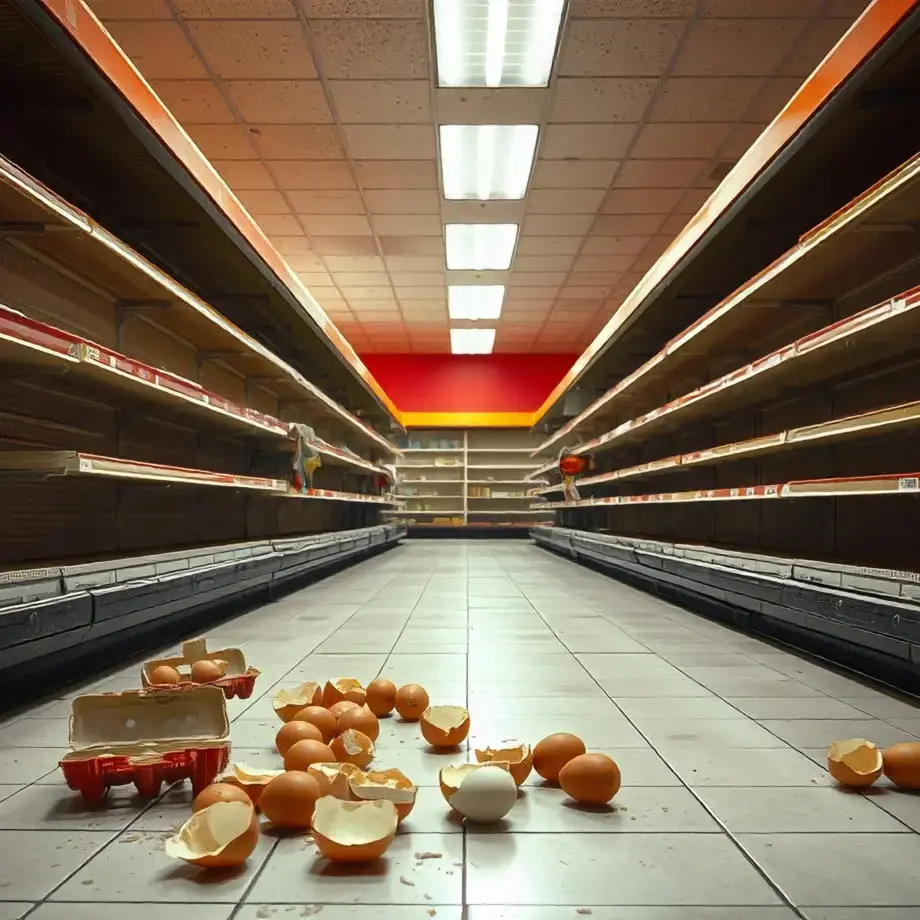Poolish or biga: meet the starters that add character to your bake
Poolish, also called liquid biga or yeast, is a leavening method used in indirect baking. It is a pre-ferment that makes baked goods soft, fragrant and aromatic, especially bread and pizza.
Poolish is made by mixing water, flour and yeast together, in varying proportions. The percentage of yeast varies according to the number of hours of leavening.
The baking is indirect because the dough is created in two stages: the poolish is prepared first, and then the other ingredients are added to this 'yeast.'
In general, the more yeast you put in the poolish, the longer the waiting times for the poolish to be ready to be used in your recipes.
The amount of poolish to be used in the dough can vary, but usually, the amount of poolish is equal to 1/3 calculated by the weight of the total flour.
Poolish or biga - which one should you use?
Poolish and biga are very similar but not quite the same, so it's worth pointing out the differences depending on what you want to bake.
What is biga?
Biga is a more solid preferment that has a longer fermentation time (from 16 to 24-48 hours).
It needs strong and high-quality flours, it's a rough dough and needs careful temperature control. The process of preparing the preferment is more complex, but it gives the product an excellent honeycomb, with large and regular honeycombs.
Biga is usually used for large loaves and leavened products, soft focaccias and pizzas in a Roman-style pan (but there are no fixed rules). It will take time, the right tools and patience, but the result will pay off.
What is poolish?
Poolish, is instead a pre-dough and is prepared with medium strength flours. The preparation can be quick or slower (from 2 to 12-16 hours), but in any case, it is less long and difficult than
the biga.
With poolish, the alveoli will be smaller and you will get a more crisp effect on the outside. You can use poolish for bread with a crunchy crust and tray baked or thin-crust pizzas.
Generally speaking, a poolish is quicker and easier and it can be made with medium-strength flours. A biga takes longer because it needs a longer fermentation time and you have to be more careful controlling the temperature. You can make either a poolish or a biga using a different type of flour from the main one used to make the bread. Use spelt, rye or wholewheat flour to add extra flavour to your loaf. Another thing to remember is that you should never add salt to your biga.
How to make a poolish starter
Poolish if the perfect pre ferment for characterful French baguettes and Italian focaccia. It's different from a sourdough starter but very similar to biga, just a lot more liquid thanks to its 100 percent hydration.
To make poolish take 550 grams of flour, sprinkle over 5 grams of active yeast and then pour in 550ml of water at about 80 degrees celsius.
Give it a good mix and make sure the yeast is completely incorporated.
Cover with a lid and leave it to sit at room temperature for 10 to 24 hours when you'll see active signs of life with plenty of bubbles.
Watch how it's done in the expert hands of baker Billy Parisi:











